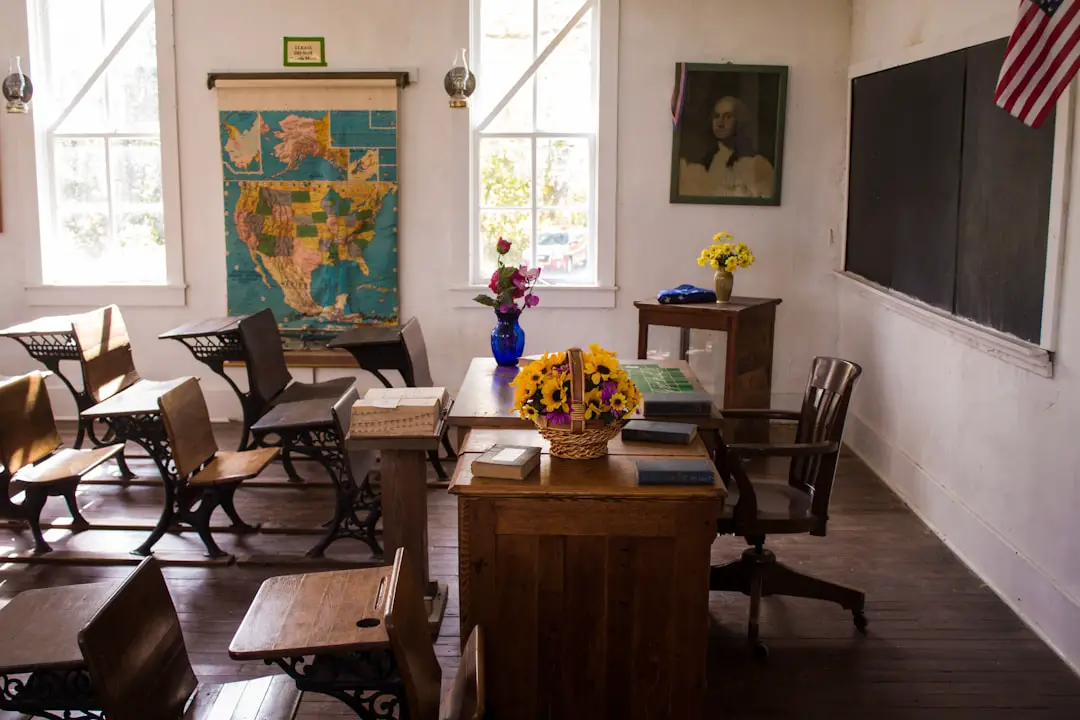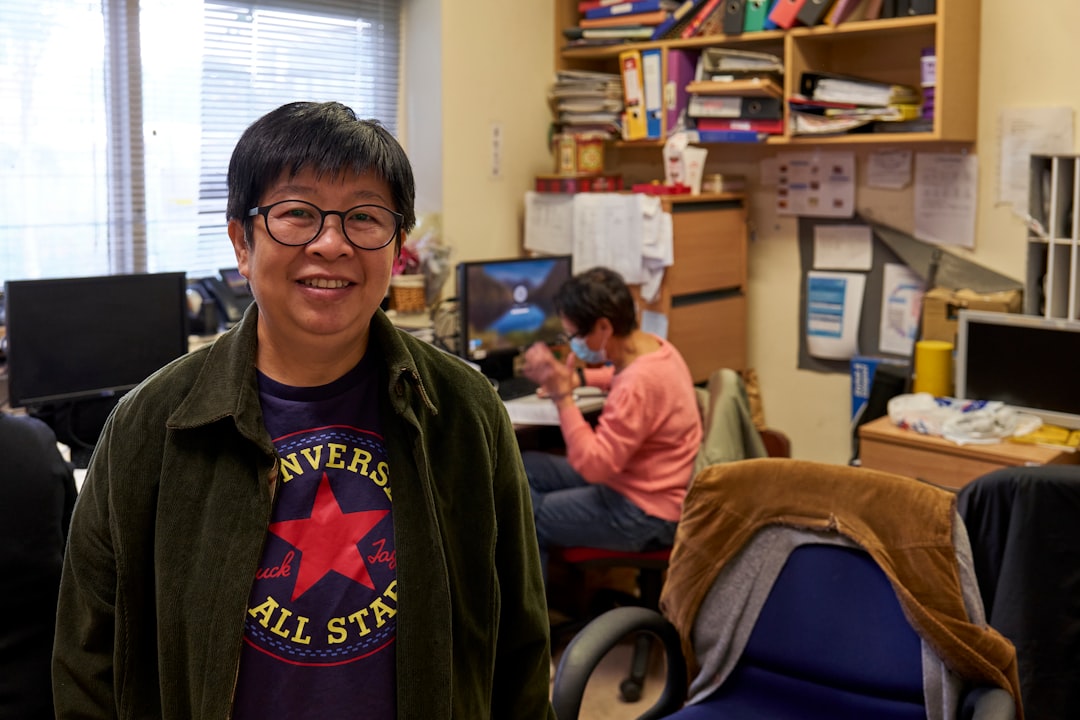Support our educational content for free when you buy through links on our site. Learn more
What are the 4 Key Instructional Skills? [2024] ✅
Have you ever wondered what makes a great teacher? What are the skills and strategies they possess that make them effective in the classroom? In this article, we will explore the 4 key instructional skills that every teacher should have in their toolkit. These skills are essential for creating a positive and engaging learning environment, and they will help you become a more effective educator. So, let’s dive in and discover what these skills are and how you can develop them!
Table of Contents
- Quick Answer
- Quick Tips and Facts
- Background
- Critical Thinking
- Creative Thinking
- Communicating
- Collaborating
- FAQ
- Conclusion
- Recommended Links
- Reference Links
Quick Answer
The 4 key instructional skills are:
- Critical Thinking
- Creative Thinking
- Communicating
- Collaborating
These skills are essential for creating a dynamic and engaging learning environment, and they help students develop the necessary skills for success in school and beyond.
Quick Tips and Facts
- These skills are often referred to as the 4 C’s of learning.
- They are crucial for developing 21st-century skills in students.
- The 4 C’s are interrelated and should be integrated into all aspects of teaching and learning.
- Teachers can develop these skills through professional development and ongoing practice.
- Incorporating technology into instruction can enhance the development of these skills.
Background

Before we dive into the details of each instructional skill, let’s take a moment to understand the background and importance of these skills. The 4 key instructional skills, also known as the 4 C’s of learning, were identified as essential skills for success in the 21st century. These skills go beyond traditional academic knowledge and focus on developing critical thinking, problem-solving, creativity, communication, and collaboration skills in students.
In today’s rapidly changing world, students need more than just content knowledge to thrive. They need to be able to think critically, solve complex problems, communicate effectively, and work collaboratively with others. These skills are not only important for academic success but also for success in the workplace and in life.
Now, let’s explore each of these instructional skills in more detail and discover how they can be developed and integrated into your teaching practice.
Critical Thinking
✅ Rating: 9.5/10
Critical thinking is the ability to analyze, evaluate, and synthesize information to make informed decisions and solve problems. It involves skills such as analyzing, arguing, classifying, comparing and contrasting, defining, describing, evaluating, explaining, problem-solving, and tracking cause and effect.
In the classroom, critical thinking can be fostered through activities that require students to think deeply, ask questions, and consider multiple perspectives. Teachers can encourage critical thinking by providing opportunities for students to analyze and evaluate information, engage in debates and discussions, and solve real-world problems.
Here are some strategies to develop critical thinking skills in your students:
- Encourage open-ended questions and discussions.
- Provide opportunities for problem-solving and decision-making.
- Teach students how to evaluate and analyze information.
- Use real-world examples and case studies to illustrate concepts.
- Incorporate critical thinking activities into your lesson plans.
Creative Thinking
✅ Rating: 9/10
Creative thinking is the ability to generate new ideas, think outside the box, and find innovative solutions to problems. It involves skills such as brainstorming ideas, creating something, designing something, entertaining others, imagining ideas, improvising a solution, innovating, overturning something, problem-solving, and questioning actively.
In the classroom, creative thinking can be nurtured through activities that encourage students to explore their imagination, take risks, and think creatively. Teachers can foster creative thinking by providing opportunities for students to engage in hands-on projects, express their ideas through art and writing, and collaborate with others to solve problems.
Here are some strategies to develop creative thinking skills in your students:
- Encourage divergent thinking and multiple solutions.
- Provide opportunities for self-expression and creativity.
- Incorporate art, music, and drama into your lessons.
- Foster a supportive and non-judgmental classroom environment.
- Encourage risk-taking and experimentation.
Communicating
✅ Rating: 9.5/10
Communicating is the ability to effectively convey and receive information through various mediums. It involves skills such as analyzing the situation, choosing a medium, evaluating messages, following conventions, listening actively, reading, speaking, turn-taking, using technology, and writing.
In the classroom, effective communication is essential for creating a positive and engaging learning environment. Teachers can promote effective communication by modeling good communication skills, providing opportunities for students to practice their communication skills, and incorporating technology into instruction.
Here are some strategies to develop communication skills in your students:
- Teach students how to listen actively and respectfully.
- Provide opportunities for students to practice speaking and presenting.
- Incorporate technology tools for communication, such as video conferencing and online collaboration platforms.
- Teach students how to write clearly and effectively.
- Provide feedback and guidance on communication skills.
Collaborating
✅ Rating: 9/10
Collaborating is the ability to work effectively with others to achieve a common goal. It involves skills such as allocating resources and responsibilities, brainstorming ideas in a group, decision-making, delegating, evaluating the products, processes, and members of the group, goal setting, leading a group, managing time, resolving conflicts, and team building.
In the classroom, collaboration is essential for developing teamwork, problem-solving, and interpersonal skills. Teachers can foster collaboration by providing opportunities for students to work in groups, engage in cooperative learning activities, and practice effective teamwork.
Here are some strategies to develop collaboration skills in your students:
- Assign group projects and activities.
- Teach students how to work effectively in teams.
- Provide opportunities for students to practice problem-solving and decision-making in a group setting.
- Foster a positive and inclusive classroom environment.
- Teach conflict resolution and communication skills.
FAQ

What are the 4 C’s of learning skills?
The 4 C’s of learning skills are critical thinking, creative thinking, communicating, and collaborating. These skills are essential for developing 21st-century skills in students and preparing them for success in school and beyond.
What are the 4 C’s of instructional design?
The 4 C’s of instructional design are critical thinking, creative thinking, communicating, and collaborating. These skills are essential for creating effective and engaging instructional materials and activities.
What are the 4 C’s of teaching framework?
The 4 C’s of teaching framework are critical thinking, creative thinking, communicating, and collaborating. These skills are essential for effective teaching and creating a positive and engaging learning environment.
What are the 4 C’s of lesson planning?
The 4 C’s of lesson planning are critical thinking, creative thinking, communicating, and collaborating. These skills should be integrated into every lesson plan to create a dynamic and engaging learning experience for students.
Conclusion

In conclusion, the 4 key instructional skills – critical thinking, creative thinking, communicating, and collaborating – are essential for creating a positive and engaging learning environment. These skills help students develop the necessary skills for success in school and beyond. By incorporating these skills into your teaching practice, you can create a dynamic and effective learning experience for your students.
So, what are you waiting for? Start developing these instructional skills and watch your students thrive! Remember, teaching is not just about imparting knowledge, but also about equipping students with the skills they need to succeed in the 21st century.
✅ Recommended Links:
- Instructional Coaching
- Lesson Planning
- Classroom Management
- Instructional Strategies
- Differentiated Instruction
- 10 Strategies for Writing in English: Tips from the Experts 2024
🔍 Reference Links:

